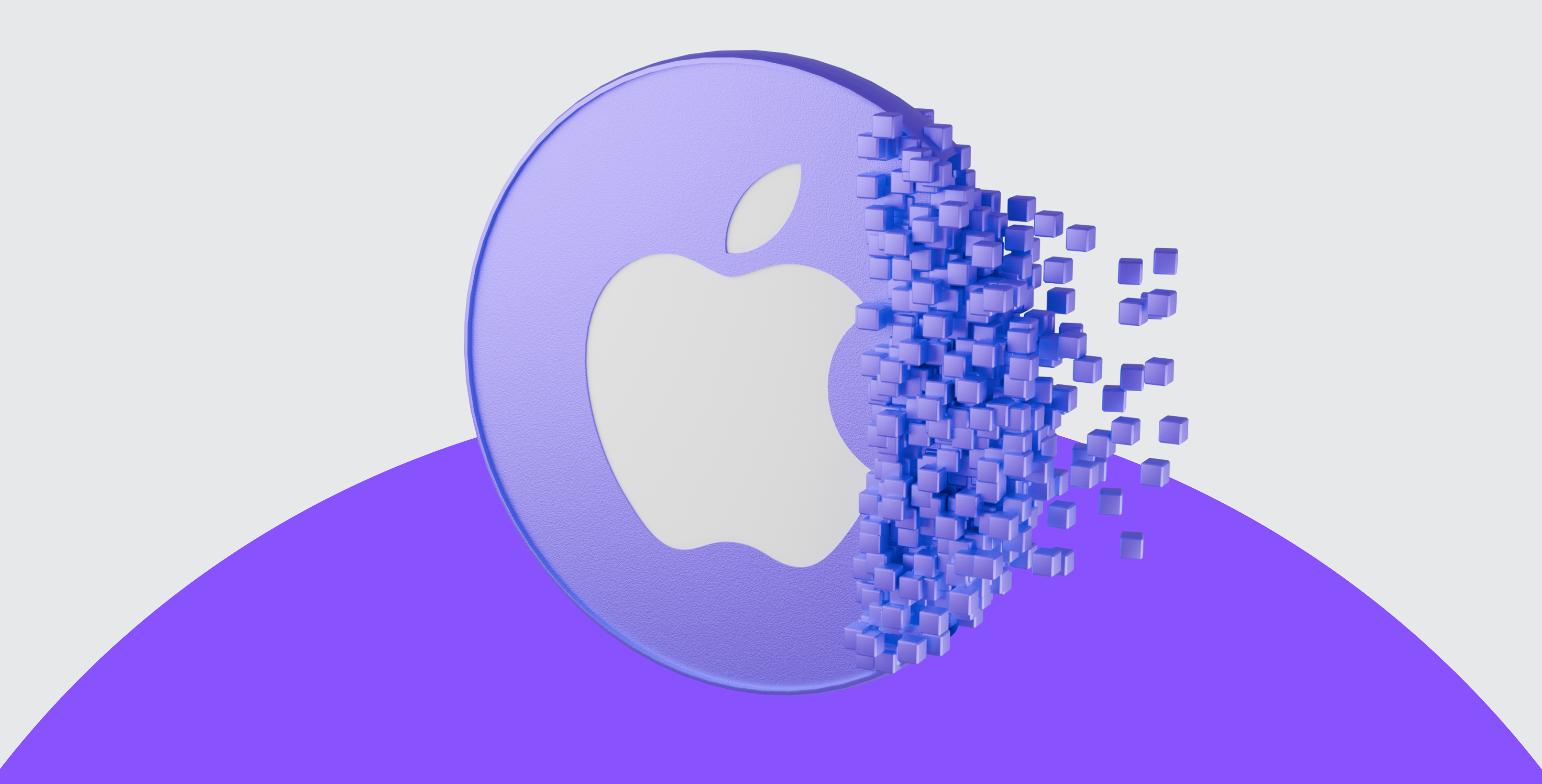What does the Liquid Network mean for Bitcoin?

Although Bitcoin has become the world’s most popular crypto asset, several problems limit its widespread adoption. Among these problems is Bitcoin's limited throughput. The Bitcoin blockchain is capable of processing only 5-7 transactions per second (TPS). To put this into context, centralised payment systems such as Visa, can process thousands of transactions within the same timeframe.
Bitcoin’s low TPS discourages institutional investors from believing it can become used as a means of payment, especially those involved in crypto arbitrage. Even retail buyers (you and I) find the lengthy processing times off-putting since it harms the user experience.
Possible solutions
Several solutions have been proposed to solve these problems—namely layer-1 and layer-2 solutions.
Layer-1 solutions require rewriting the blockchain protocol to implement changes, such as bigger block sizes or faster block times. While bigger block sizes and faster block times may increase transaction speeds, they tend to affect network decentralisation and security.
Layer-2 solutions operate on top of the main blockchain without rewriting the network protocol. Layer-2 networks handle transactions off the main chain—hence, they are also known as “off-chain” solutions. To preserve the security and immutability of transactions, these off-chain transactions are executed and bundled together before being added to the main chain.
Introducing the Liquid Network
The Liquid Network is a sidechain built on the Bitcoin blockchain. Sidechains are layer-2 networks that interact with the main chain. The Liquid Network is designed to enable fast, private, and secure issuance - while still allowing for the transfer, and exchange of crypto assets on the Bitcoin blockchain. Liquid Network runs on top of Bitcoin's base layer, but operates independently and uses different methods to achieve a higher throughput and greater levels of confidentiality.
Who interacts with the Network?
The Liquid Network primarily serves institutional investors, exchanges, crypto traders, and other enterprise clients who desire a higher level of privacy and faster transactions. That means that most of us won’t touch the network, at least not directly. Instead, the exchanges will do the heavy lifting on our behalf.
Looking at the advantages of using Liquid Network
- Faster transactions - Block signing is a type of digital signature used to verify the authenticity of transactions on a blockchain. The Liquid Network signs blocks using 15 designated members in a round-robin, which reduces the time it takes to validate and process transactions. New blocks are confirmed in around two minutes, unlike the 10 minutes it takes to add a block to the Bitcoin blockchain.
- Greater privacy - Transparency is at the heart of Bitcoin with it being a public ledger. However, this sort of transparency can cause headaches for entities conducting large scale transactions without moving the market.
- Reduced transaction fees - When the Bitcoin network gets clogged with unconfirmed transactions, miners will charge higher fees to prioritize some transactions. Liquid attempts to solve this problem with its higher throughput.
Summarising all of this
The Liquid Network has emerged as a popular solution for scaling the Bitcoin network and adapting it to enterprise needs. Liquid improves Bitcoin without modifying the underlying protocol and affords users extra functionality without sacrificing security.
Liquid also introduces programmable functionality, tokenisation, and interoperability to Bitcoin. This may strengthen it against rivals and preserve its status as the world’s leading blockchain. Through Altify, investors have access to Bitcoin, through either our Bundles or as a stand-alone investment.




